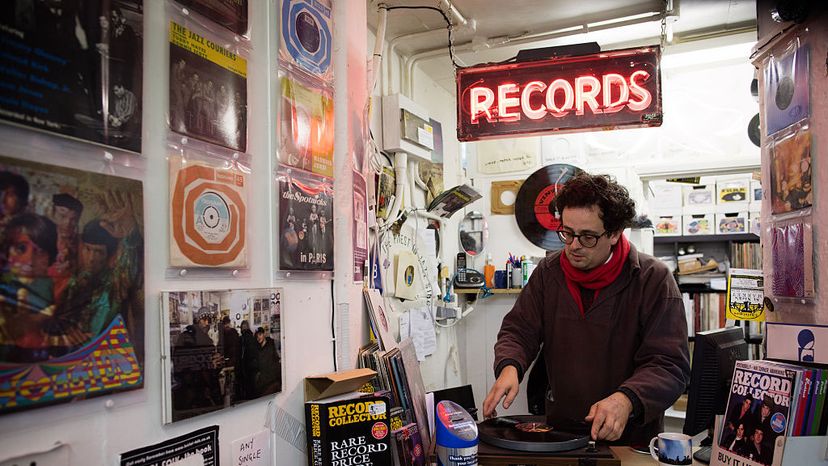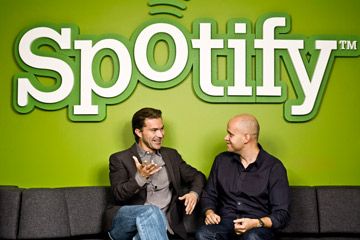
When the CBS Records factory in Carrollton, Georgia, opened its doors in 1981, it was the largest record-pressing plant in the world. It employed 1,400 workers on round-the-clock shifts to satisfy consumer demand for vinyl records. By 1990, CBS Records had shipped its billionth record. And by 1991, it closed forever.
With the advent of the CD in the late 1980s, both vinyl record and tape cassette sales plummeted. Vinyl was relegated to an analog hobby for old-timers and record-store nerds. The future was digital. By the early 2000s, the CD became the new endangered species, nearly killed off by the rise of the MP3 and peer-to-peer file-sharing networks like Napster.
Advertisement
It was then that we started reading the first obituaries for the album. File-sharing made it easy to download your favorite individual tracks, upload them to your iPod, hit shuffle and enjoy. But gone was the concept of the album-listening experience, sitting back and appreciating a musical work of art from beginning to end.
As we moved into the era of legal digital downloads from services like iTunes and Google Play, things didn't look much better for the album. Singles dominated the download charts and some artists began ditching the traditional album format altogether by simply "dropping" new tracks online one by one.
But two fascinating consumer trends have emerged over the past couple of years that may conspire to save the beleaguered album. First is the dramatic rise in popularity of subscription music streaming services like Spotify and Apple Music. And the second is the unexpected comeback of vinyl.
Advertisement

